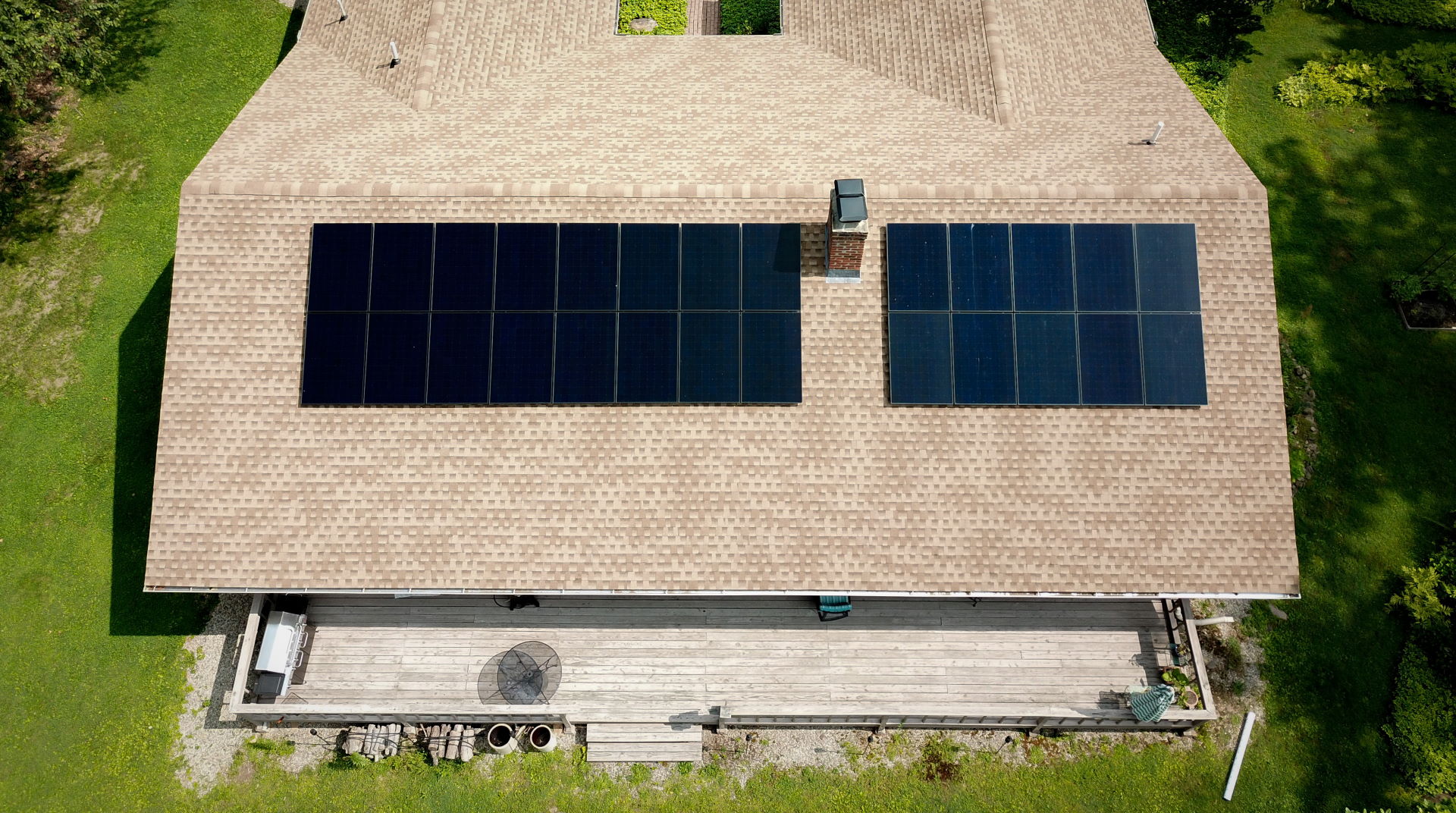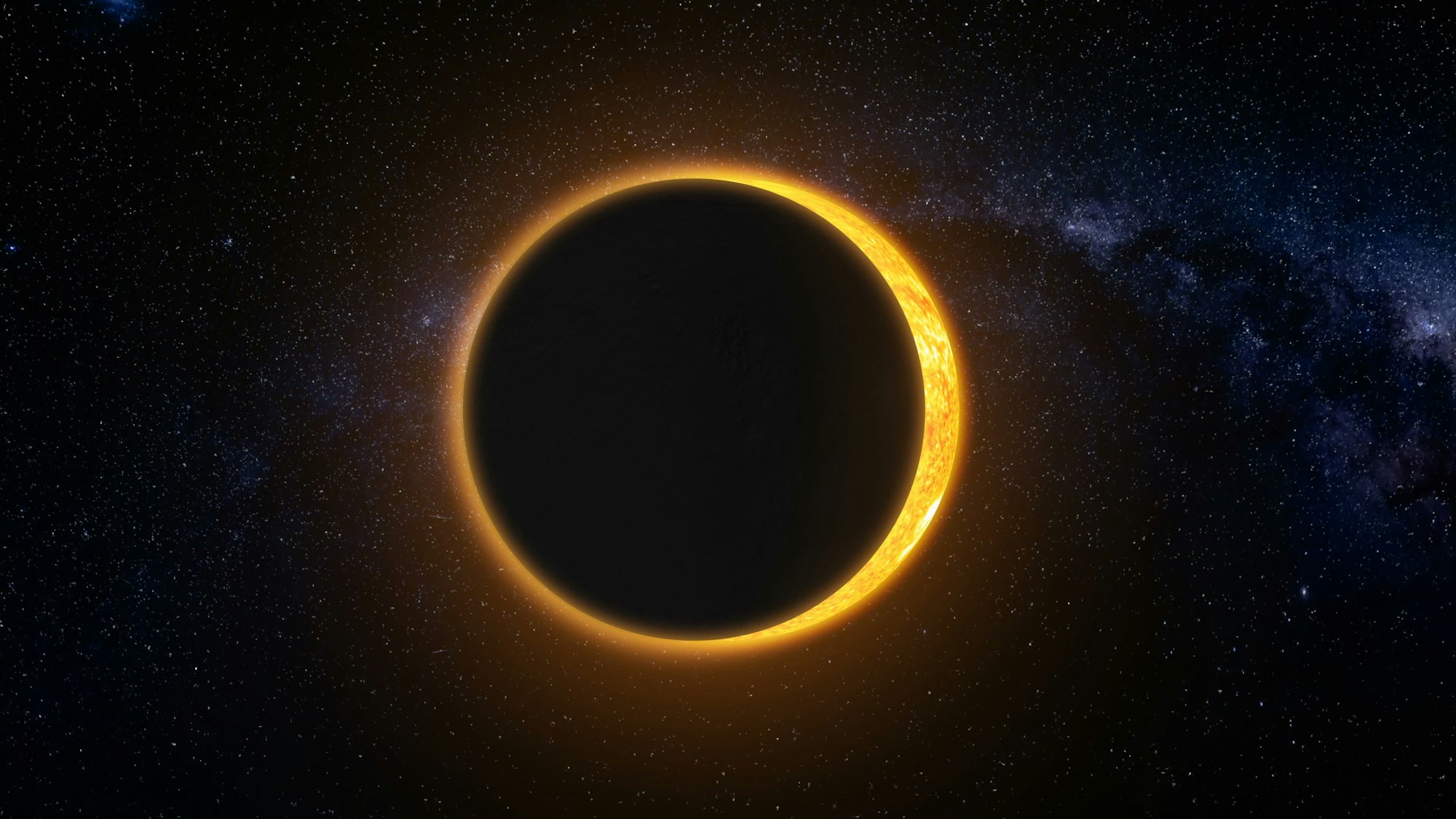At SAVKAT every customer wants to know the numbers: how much is this system going to cost me? In this article we wanted to give you a picture of pricing a solar system and explain how to properly read your electric bill to determine your system size. You will see how many factors influence a system cost and why we generally schedule a consult with all of our customers before handing them a proposal.
Utility Bill Explained
Your utility bill shouldn’t be confusing: you get it every month, either online or in the mail. It contains information on your usage habits as well as your home’s capabilities. Learn how to read your bill and assess the changes you can make to lower your electricity cost and usage.

How do I find my Yearly Kilowatt Hours?
Here we see the front and back of a sample Eversource bill. Eversource is the most common utility company in Connecticut, but if you do not have Eversource as your provider, your bill will still contain this information you may just have to dig a little deeper. When going solar, the section we want to look at is Monthly kWh Use. These numbers show how many kWh your house consumes per month. If you add them all up, you get kWh/yr. In our example case, John uses about 6,383kW per year.
(United Illuminating customers will have a chart of their daily usage—you can multiply the “daily usage” estimate by the number of days per month, and add up the monthly totals.)
Estimating your usage is not an exact science; you will use more or less depending on the temperature or climate of that particular month, if you were on vacation, if your power was out, or if you converted to LED light bulbs recently. All of these factors can change the monthly numbers. For a solar estimate, adding up your previous year’s usage gives us a good picture of your approximate usage. If you are planning on getting an electric vehicle or converting to electric heat, let us know and we can increase your system size to reflect your future electricity needs!
How big of a system does John need?
Now that we know John uses 6,383 kW/yr we can determine how big of a system he will need. SunPower panels are labeled by Wattage (W), their nameplate rating. How much they actually produce will depend on other factors such as shading, roof orientation to the sun, and roof pitch. When you decide to go solar, we run a shade report on your specific home location. If you have mediocre or average sun exposure and minimal shading, you can divide how many kWh/yr you use by the nameplate rating of the panel.
- 327W – Economical choice, need more panels but lowest cost option.
- 350W Black on Black – Most Aesthetically pleasing.
- 360W, 370W – Gets the best power output for the space used.
- 400W, 415W – Largest panels both in size and in Wattage. Good for roofs with limited space.
Assuming John has good sun exposure with limited shade, he will need between 14-20 327W panels to fully cover his electricity needs based on his previous 12 months of usage (6,383 kWh/y). Most roofs can easily accommodate this many panels. His system size would be between 4.6kW and 6.5kW.
Here at SAVKAT, we would recommend that John goes with approximately 12-17 370W panels. Although this would give him the same system size as the 327W panels, this higher wattage panel will use less roof space. With a higher wattage panel you need fewer panels to meet your electric needs. This will leave John with more flexibility in the future: if he wants to add an electric car or swimming pool, he will have the necessary roof space available.
How much will John’s System Cost?
Before incentives, John will be quoted as a net customer project cost from SAVKAT of $9,340. This is a rough estimate that could increase or decrease based on factors like roof structure and slope, federal tax credits, and state incentives. John will have the option of paying either in cash or a loan (in which he will collect the Federal Tax Credit personally and the state incentive will be taken off the top). He could also choose a lease, in which his monthly payment will be the lowest.

State incentives can range anywhere from 4-10% of system cost depending on the state’s incentive calculations. This cost will be taken straight out of the top-line cost to give you a Net System Cost. Let’s say the state calculates John’s incentive to be $2,000. He decides to pay in cash and receives a Tax Credit of $4,860 (30% of system cost) when he files his taxes.
Of course, John is just an example and your system will be tailored to your specific needs. Here at SAVKAT we try to get you the best price for your project, because we know that customer referrals mean more than a few extra dollars. Check out the chart below (including only average Monthly Payments and NOT descriptive of panel choices, state incentive odd-balls, or project surprises).

It is EXTREMELY important to remember that these are rough quotes of averages and approximations, only intended to place you in the ballpark of system costs. We believe in transparency and this is the most accurate ranges we can give without knowing the specific project.
How can I finance my new solar system?
Here at SAVKAT we offer 10, 15, and 20-year loan options, as well as lease and cash contracts. Both loan and cash options offer the customer solar system ownership and free electricity after paying off the system. Many customers prefer to choose a lease option as it provides the most upfront savings and lowest monthly payment.
No matter what financing your choose, solar is an investment in your future. You are paying a solar bill and funding green energy instead of paying your utility. You can start saving from day one and invest in the future of greener energy.
Here at SAVKAT we do consultations over the phone, video chat, or in-home. For a detailed quote, specific to your roof landscape and sun exposure, please fill out our Contact Form or call us at 978-678-8057 and we will schedule your consultation.




